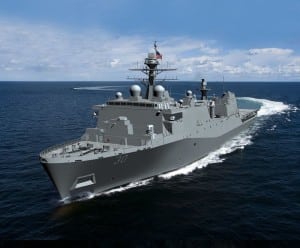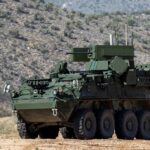
The White House on July 12 released a Statement of Administration Policy that opposes several Navy and missile defense changes made by the House Armed Services Committee (HASC) from the FY ‘23 budget request, notably adding a floor of amphibious ships and funding a third destroyer. The administration opposes a provision that establishes a minimum number of Navy amphibious ships “or other numeric force structure provisions, as they unduly constrain evolutions in joint warfighting approaches and associated capability prioritization.” The…

 By
By 











